Africa Rare
Mann Made
Director, Designer

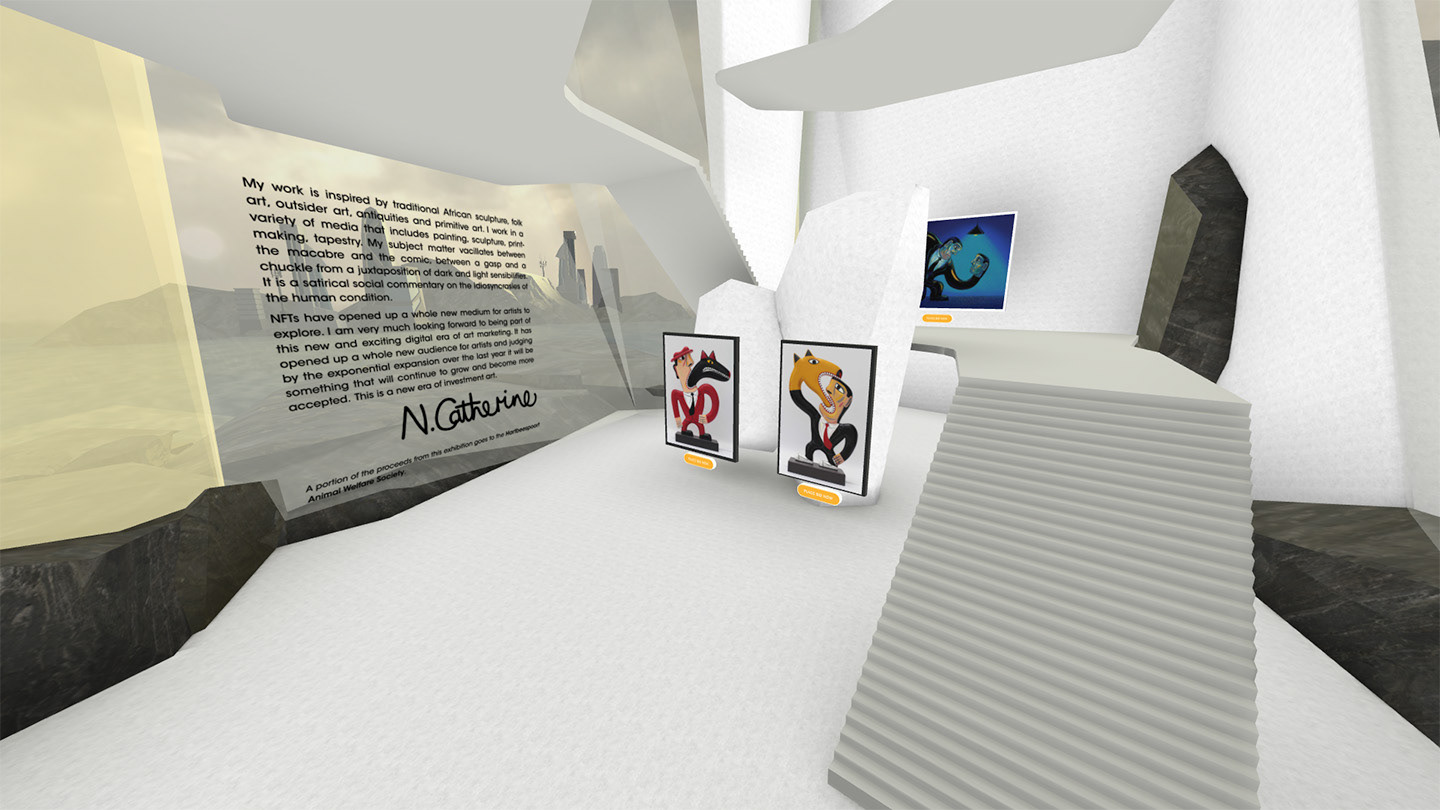
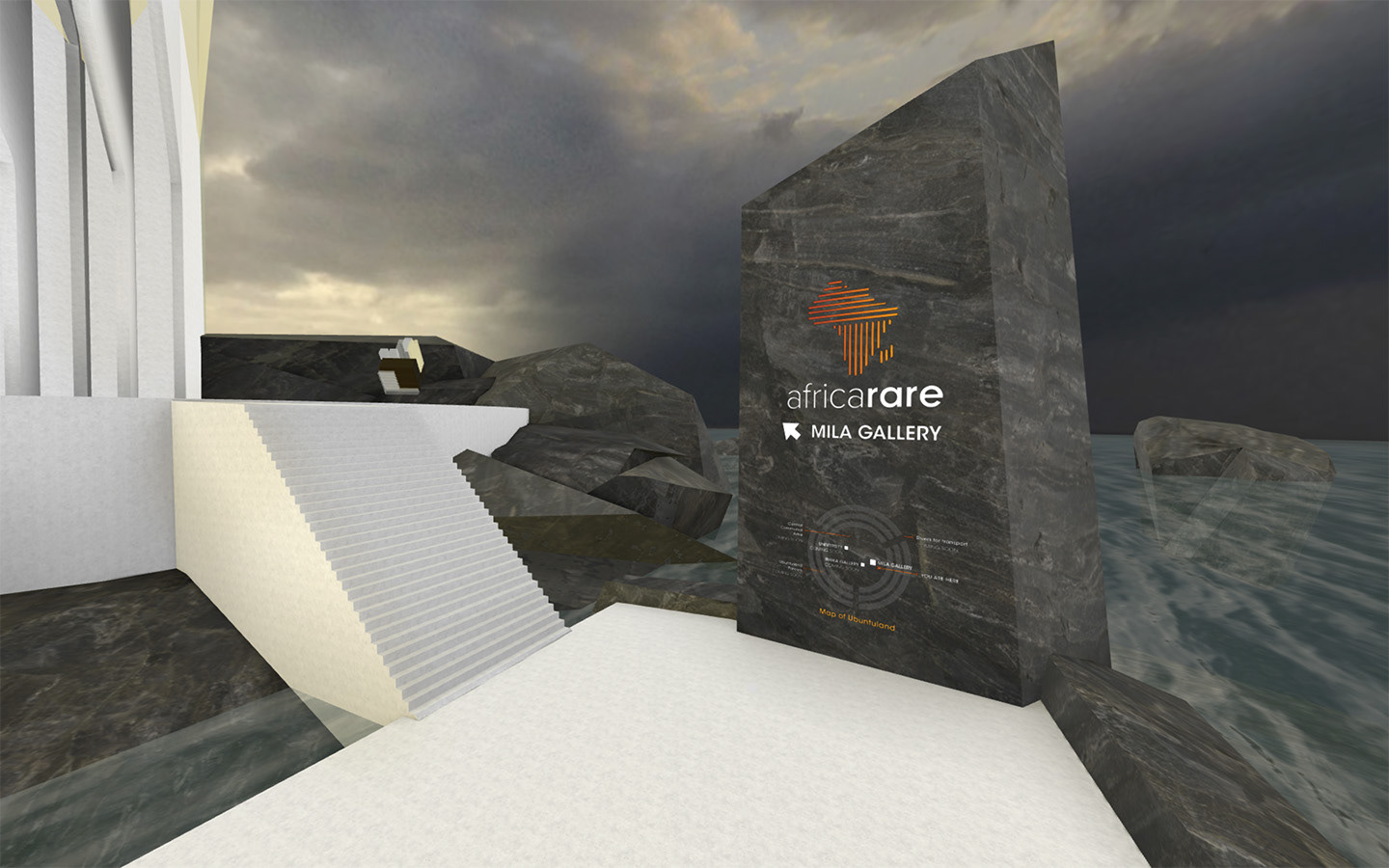
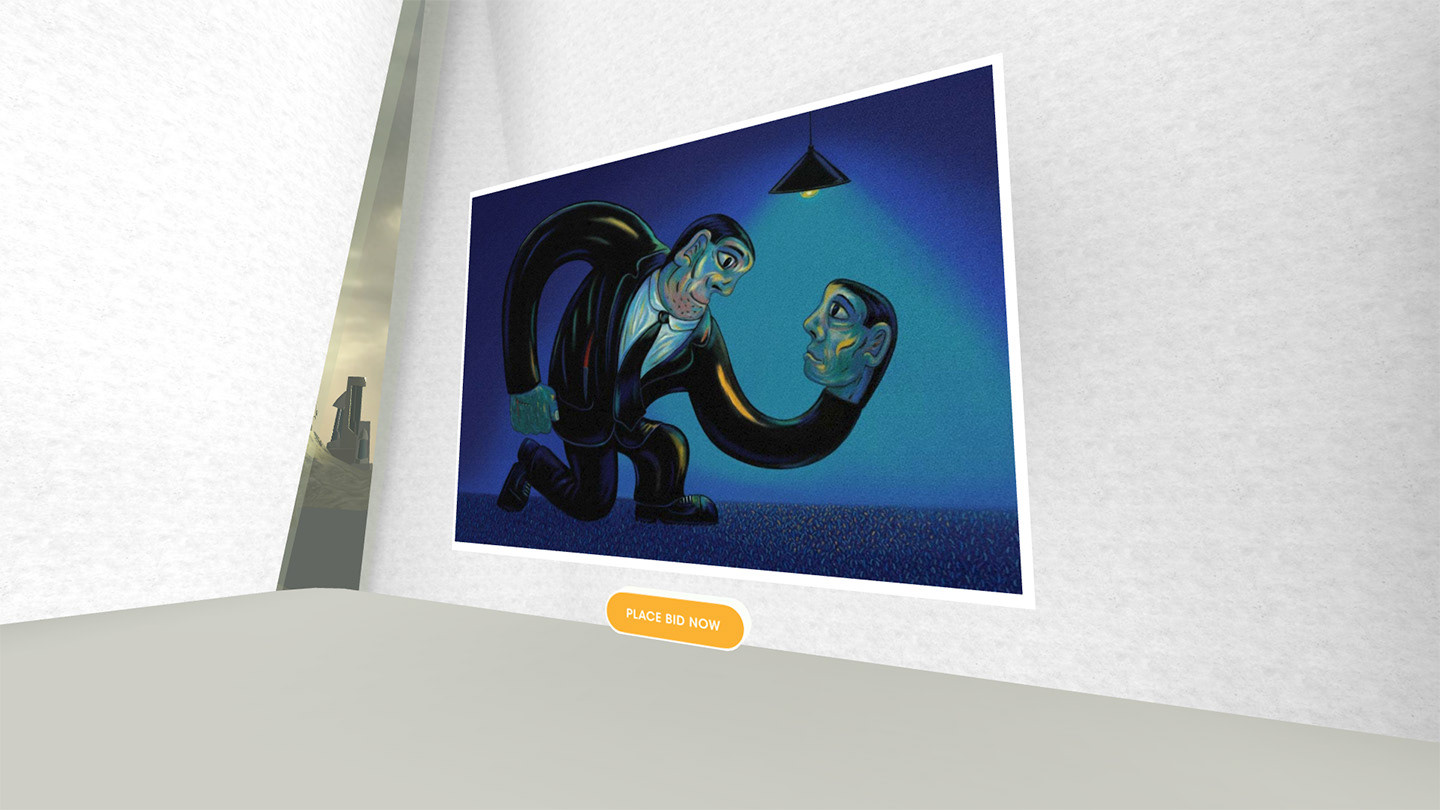

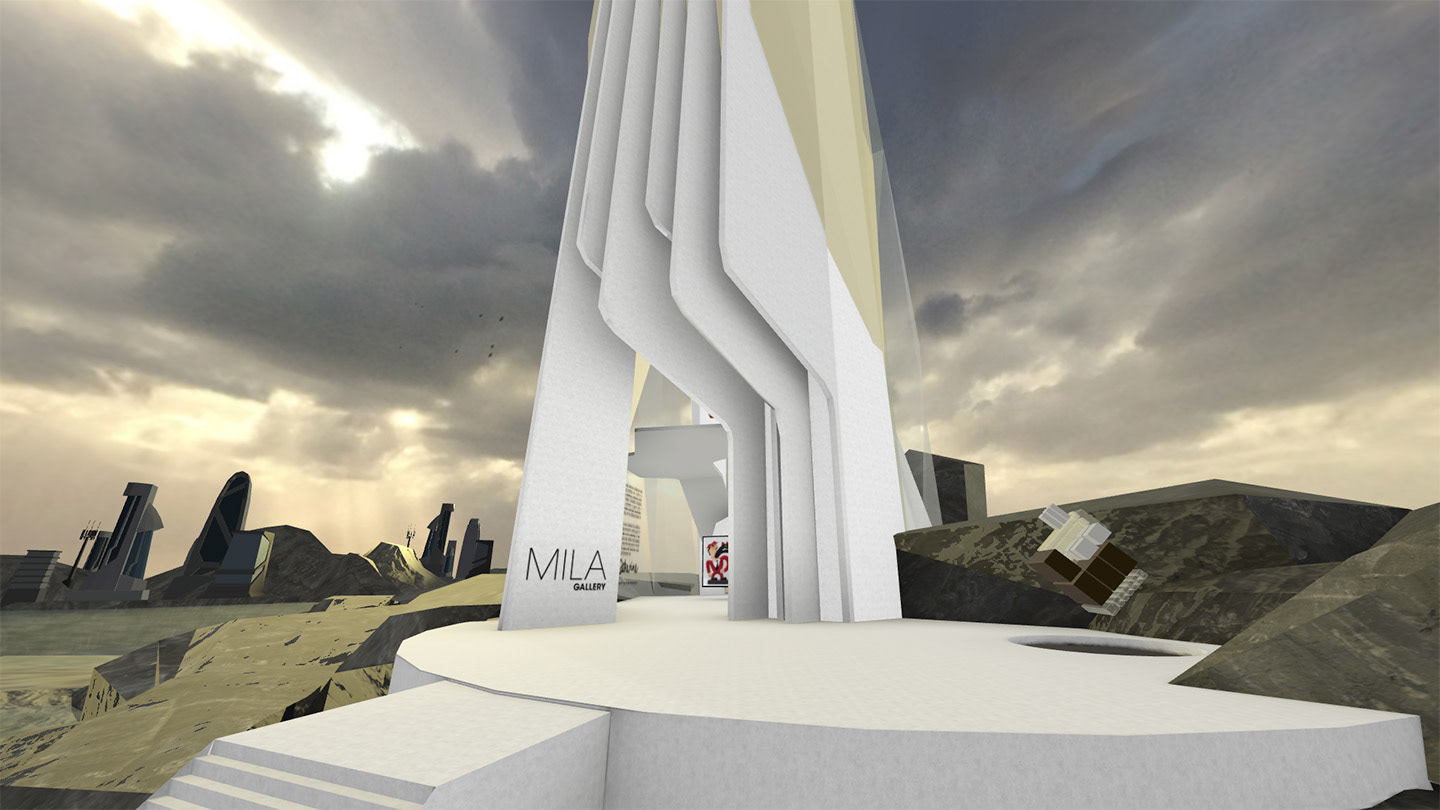
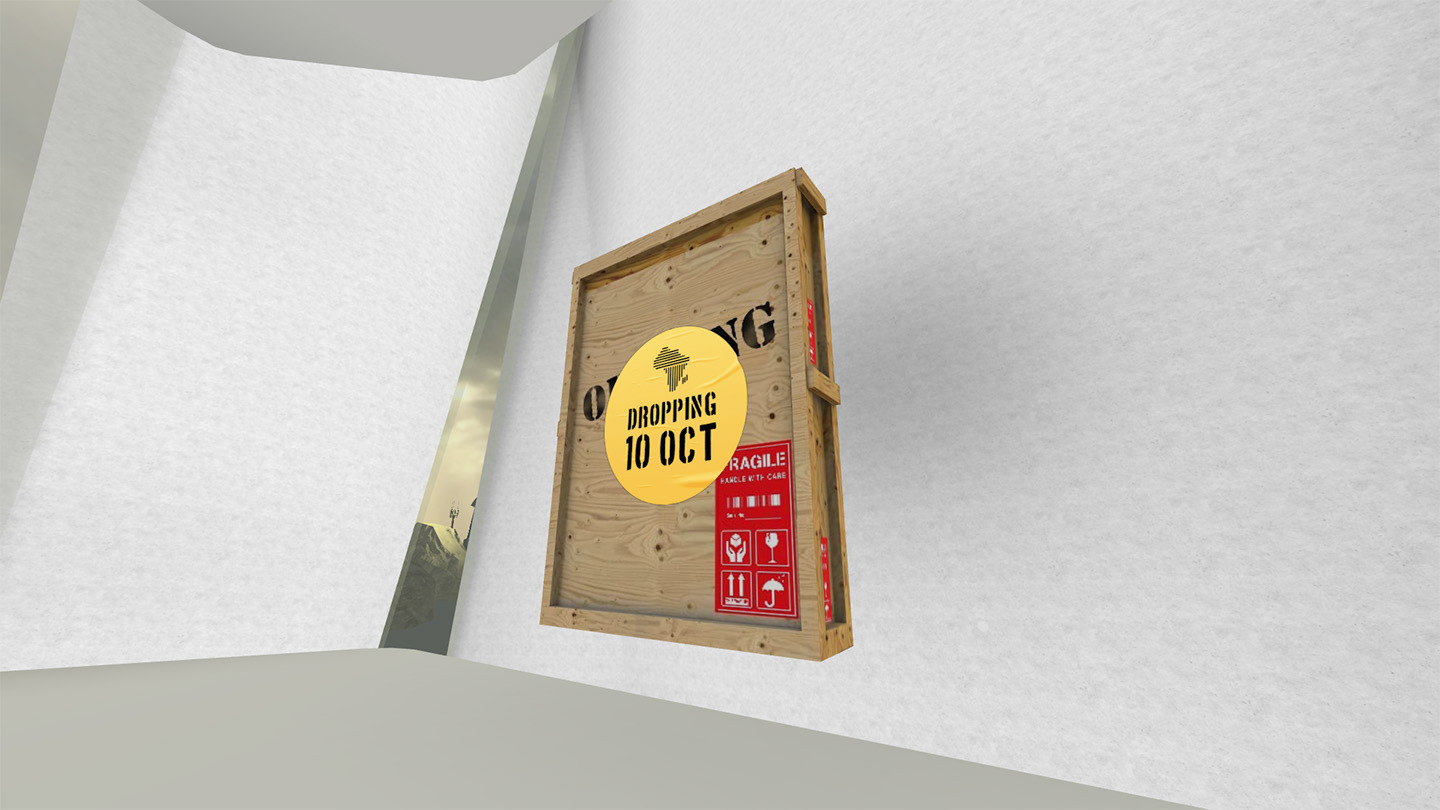
DESKTOP AND MOBILE-READY: Visitors can explore the virtual gallery on any device with a web browser.
PROTOTYPE VIEW - The gallery exterior surrounded by a rocky landscape.
PROTOTYPING - Sketching gemstone shapes in 3D for the exterior of the gallery.
PROTOTYPE TOP VIEW - Assembling the front facade of the gallery.
Contrasting textures of black rock and warm white sandstone create visual interest at the gallery entrance. Entrance sculpture (right) by Ronnie Ho Hip.
VIEW OF THE ARTIST'S STATEMENT - The tinted glass walls make the landscape outside visible, adding depth to the interior gallery views.
INTERIOR VIEW - The white gallery architecture is built into the rugged landscape of black rock.
WELCOME AREA - Visitors arrive on an open platform with way-finding signage and stairs leading to the gallery.
The avatars draw inspiration from traditional African art from across the continent. Designs by Robyn O
The visitor avatars were designed to be inclusive and gender neutral.
Unreleased artwork is sealed in a digital crate, displaying the date of the drop.
ARTWORK INTERACTION - Every artwork features with a 3D button that allows the visitor to bid. When the artwork sells out, the button changes to "SOLD".
ARTWORK INFO PANEL - When the visitor clicks the button under the artwork, an info panel pops up to show more info and a BID NOW button.